Milk Me
-
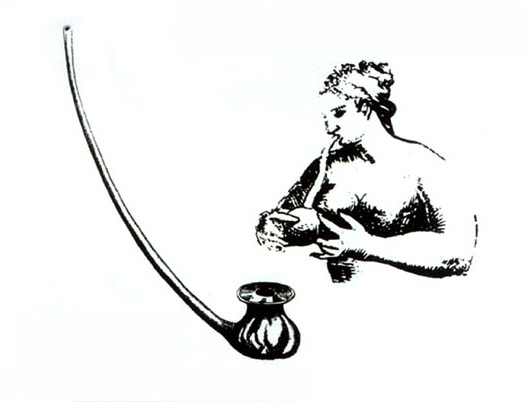 CREDIT: DVD ROM: New Insights into Breast Physiology and Breast Expression and Development of the Symphony Breastpump, by Peter Hartmann, University of Western Australia. Image courtesy Medela.
CREDIT: DVD ROM: New Insights into Breast Physiology and Breast Expression and Development of the Symphony Breastpump, by Peter Hartmann, University of Western Australia. Image courtesy Medela.The 16th-century sucking glass allowed women to draw up milk themselves when their breasts became engorged, or too full of milk.
-
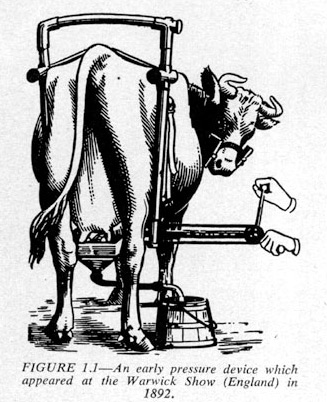 DVD ROM: CREDIT: New Insights into Breast Physiology and Breast Expression and Development of the Symphony Breastpump, by Peter Hartmann, University of Western Australia. Image courtesy Medela.
DVD ROM: CREDIT: New Insights into Breast Physiology and Breast Expression and Development of the Symphony Breastpump, by Peter Hartmann, University of Western Australia. Image courtesy Medela.An early prototype of the late 19th-century milking machine. According to the writer W.G. Whittlehouse, "The effort required to work this device was apparently as wearying to the operator as it was alarming to the cow."
-
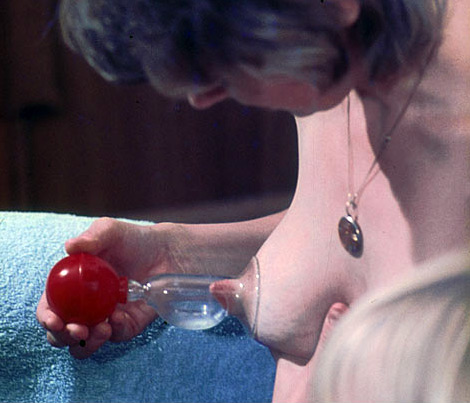 DVD ROM: CREDIT: New Insights into Breast Physiology and Breast Expression and Development of the Symphony Breastpump, by Peter Hartmann, University of Western Australia. Image courtesy Medela.
DVD ROM: CREDIT: New Insights into Breast Physiology and Breast Expression and Development of the Symphony Breastpump, by Peter Hartmann, University of Western Australia. Image courtesy Medela.Early hand-held breast pumps sometimes damaged breast tissue.
-
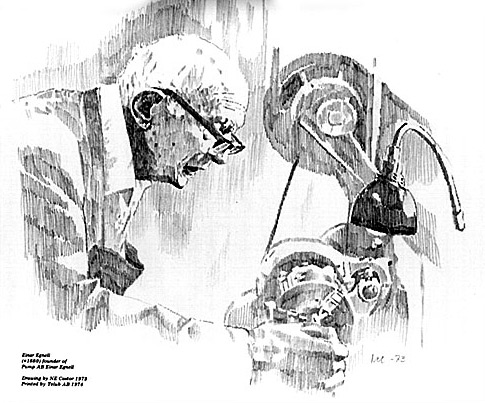 DVD ROM: CREDIT: New Insights into Breast Physiology and Breast Expression and Development of the Symphony Breastpump, by Peter Hartmann, University of Western Australia. Image courtesy Medela.
DVD ROM: CREDIT: New Insights into Breast Physiology and Breast Expression and Development of the Symphony Breastpump, by Peter Hartmann, University of Western Australia. Image courtesy Medela.Einar Egnell, a Swedish engineer, made the first study of the workings of the human breast and invented the first successful mechanical breast pump.
-
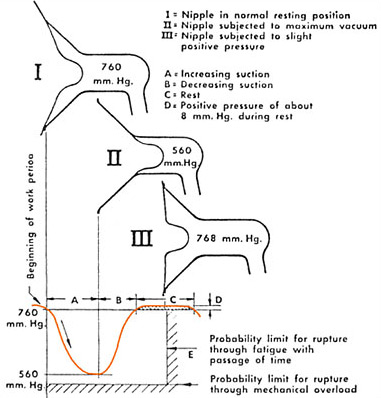 DVD ROM: CREDIT: New Insights into Breast Physiology and Breast Expression and Development of the Symphony Breastpump, by Peter Hartmann, University of Western Australia. Image courtesy Medela.
DVD ROM: CREDIT: New Insights into Breast Physiology and Breast Expression and Development of the Symphony Breastpump, by Peter Hartmann, University of Western Australia. Image courtesy Medela.The three-phase design for Egnell's pump includes maximum advisable pressure (250 mmHg) and optimal cycles per minute (47).
-
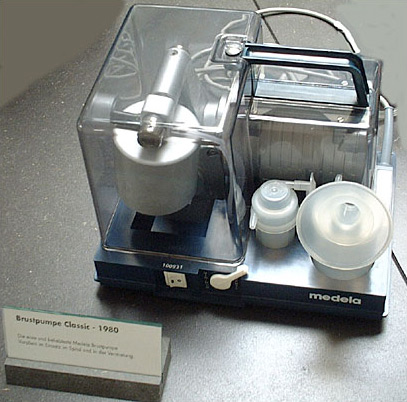 DVD ROM: CREDIT: New Insights into Breast Physiology and Breast Expression and Development of the Symphony Breastpump, by Peter Hartmann, University of Western Australia. Image courtesy Medela.
DVD ROM: CREDIT: New Insights into Breast Physiology and Breast Expression and Development of the Symphony Breastpump, by Peter Hartmann, University of Western Australia. Image courtesy Medela.Based on Egnell's research, Olle Larsson, founder of the Medela company, created the Medela Classic breast pump in 1980.
-
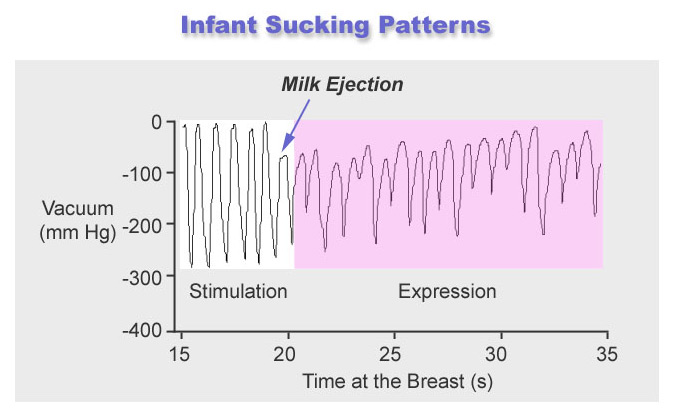 DVD ROM: CREDIT: New Insights into Breast Physiology and Breast Expression and Development of the Symphony Breastpump, by Peter Hartmann, University of Western Australia. Image courtesy Medela.
DVD ROM: CREDIT: New Insights into Breast Physiology and Breast Expression and Development of the Symphony Breastpump, by Peter Hartmann, University of Western Australia. Image courtesy Medela.The research of Peter Hartmann of the University of Western Australia has shown that when babies latch onto the breast to nurse, they suck quickly and forcefully to help draw down milk. Once the milk is flowing, their sucking pattern slows. Medela's latest breast-pump models take advantage of this research by operating in two phases, the first fast and the second slow.